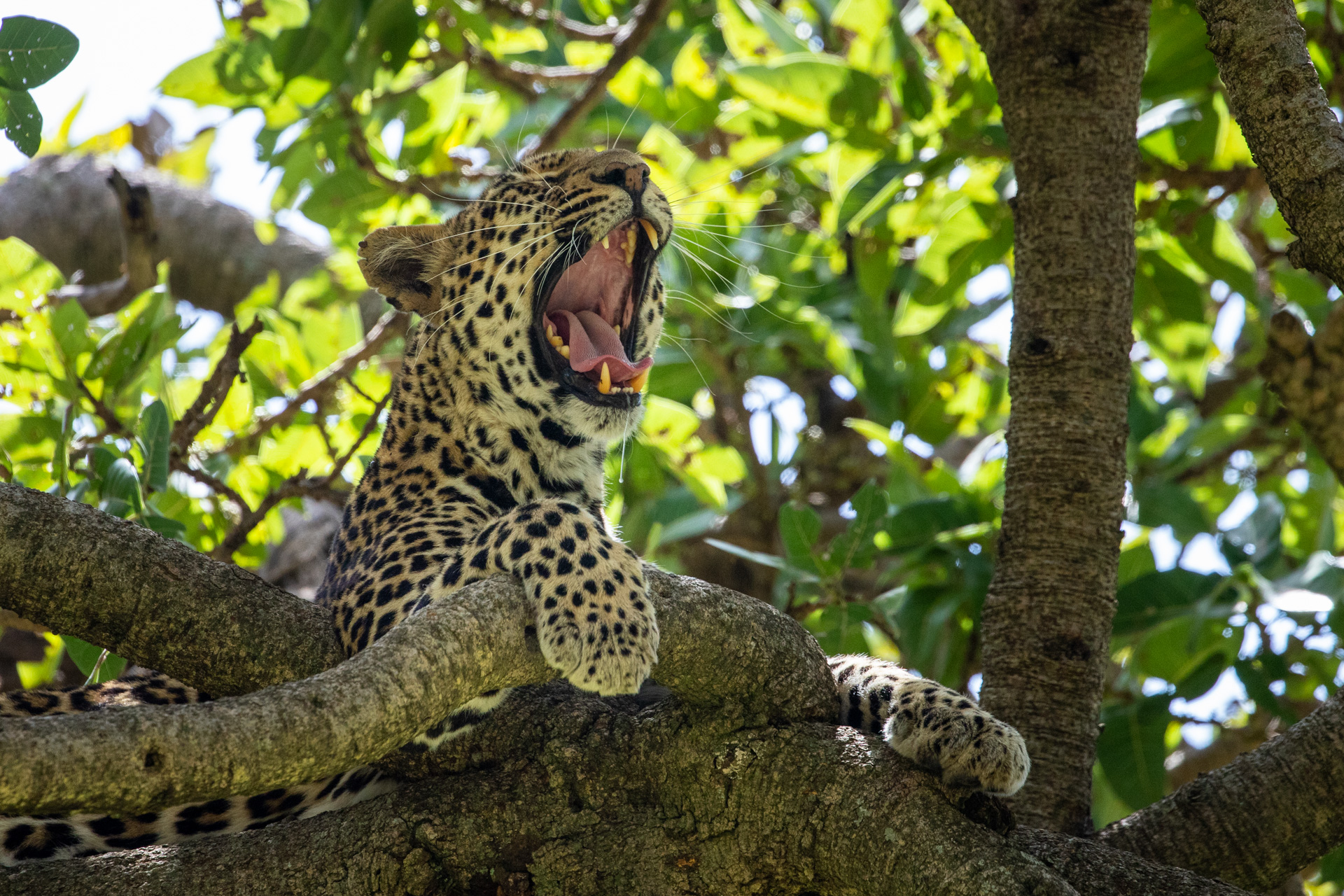
This week we caught up with some of the prides of the Mara. First up, the Inselberg brothers continue to assert their dominance and pass on their genes in the South-Eastern region of the Triangle — we have seen them mating with several females from different prides on multiple occasions. We spotted Ginger and part of the Purungat Pride enjoying a kill that appeared to be two or three days old.
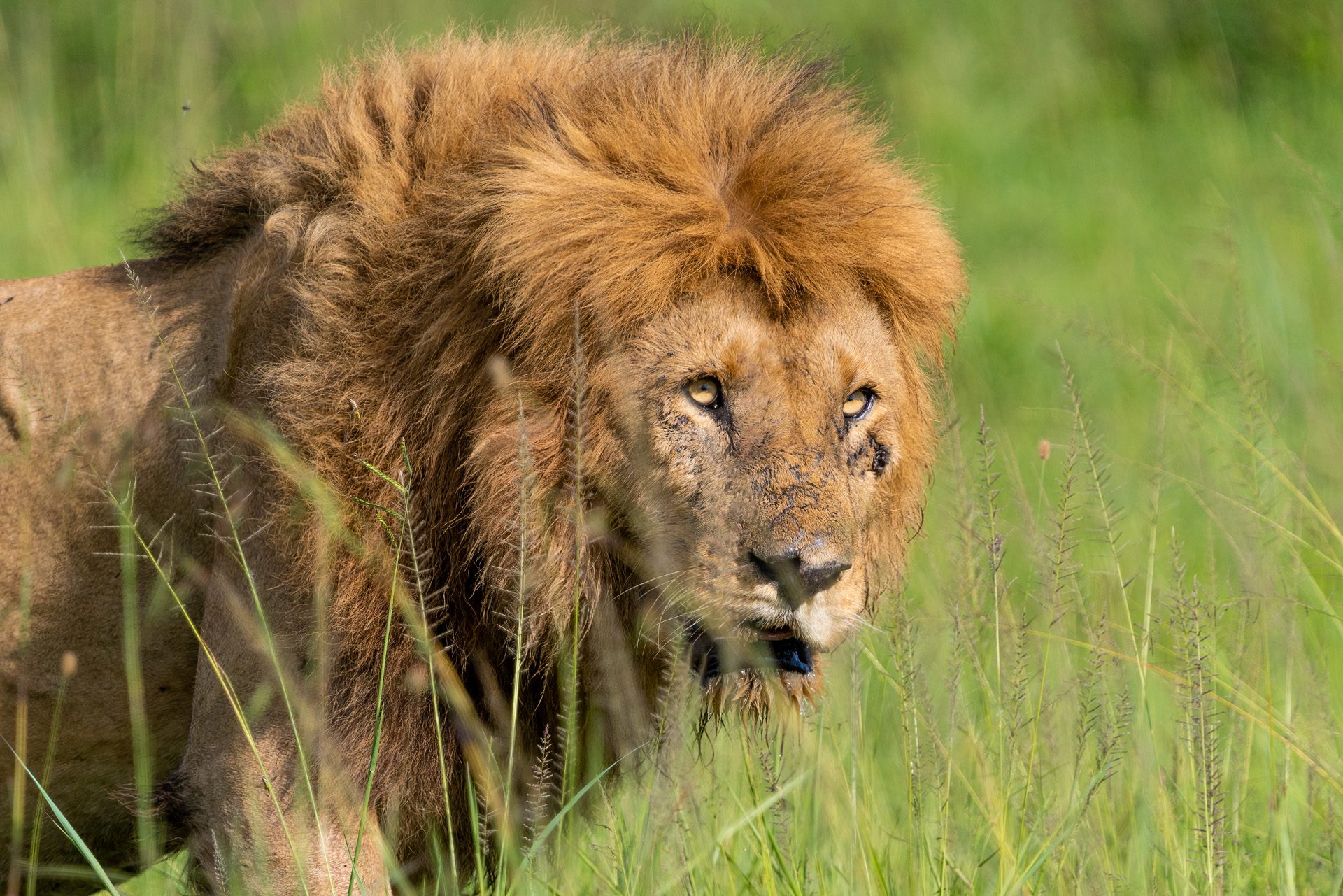

Not far from there, Manywele, the dominant male of the four Inselberg brothers, appears to have run into some trouble. Our guide Jeremy saw him looking a little worse for wear; this incident brought to mind a similar injury suffered by Manywele's brother, Ruka, approximately 11 months ago. We assumed that Ruka's injury was a result of Manywele's dominance during fights over mating rights.
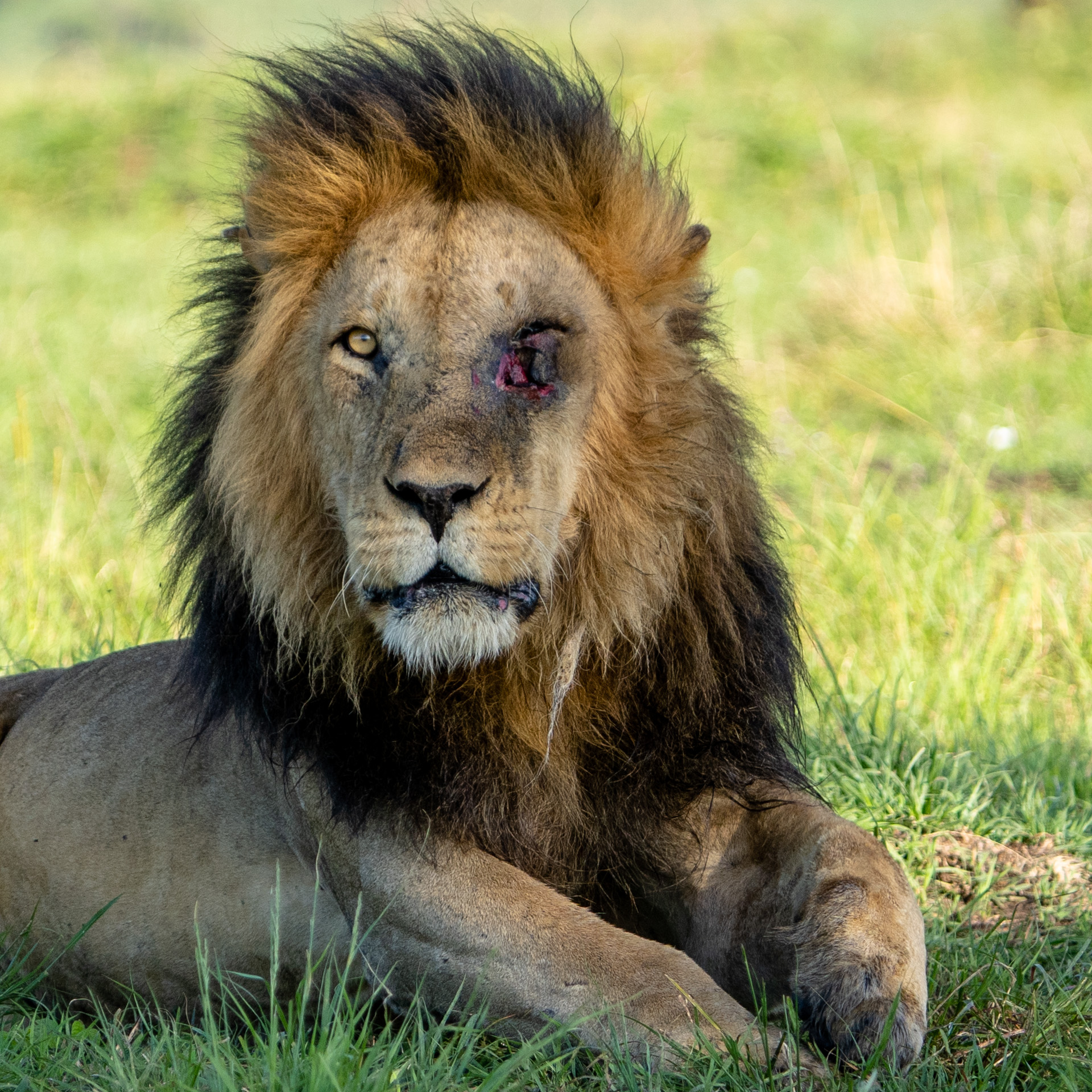
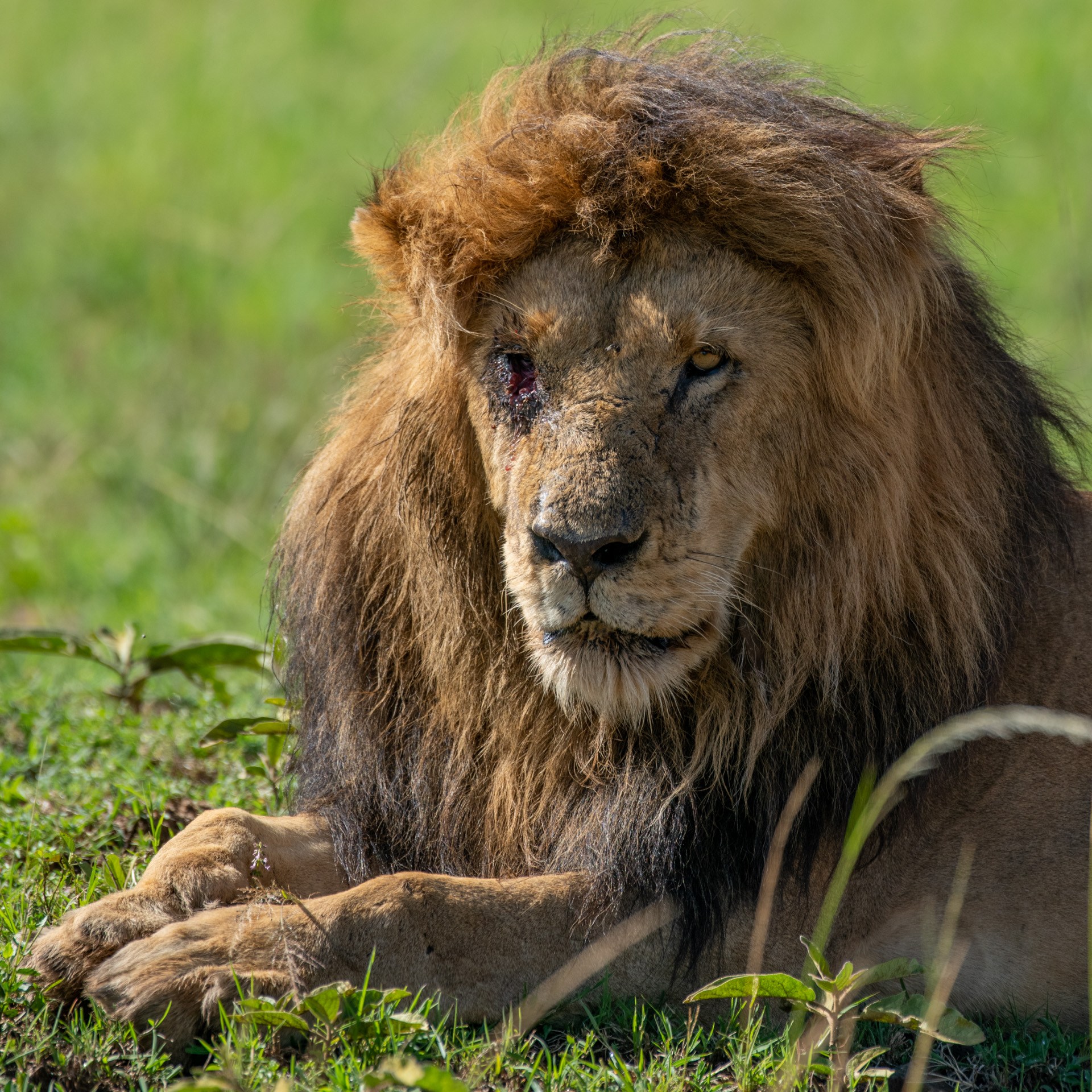
However, upon careful examination of the images, we suspect that Manywele's injury may have occurred during a recent hunting expedition that went amiss. This seems likely because of the deep cut seen on this female's chest, which rangers believe was likely inflicted by a buffalo horn.
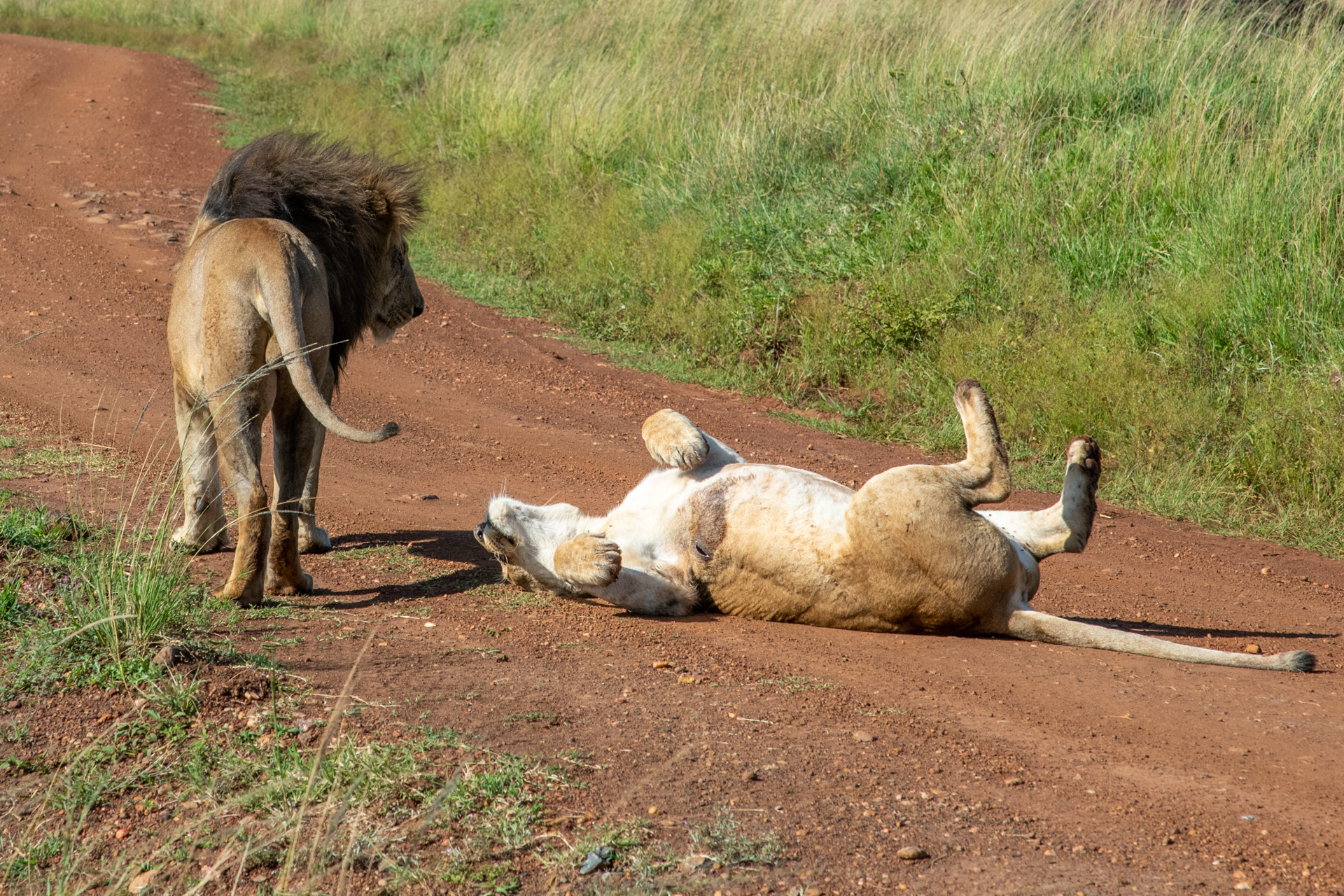
Leopards often have to be a bit more opportunistic when it comes to hunting. We spotted the massive Salt-Lick Male perched high up in a tree, with a buffalo calf as his meal. This is quite a feat for a leopard because of the fierce defensive nature of buffalos when confronted by predators. However, the Salt-Lick Male, being a smart and seasoned hunter, probably used his cunning tactics to seize the unsuspecting calf during the cover of night, grasping it firmly by the neck and swiftly separating it from its protective mother before it had a chance to raise an alarm.
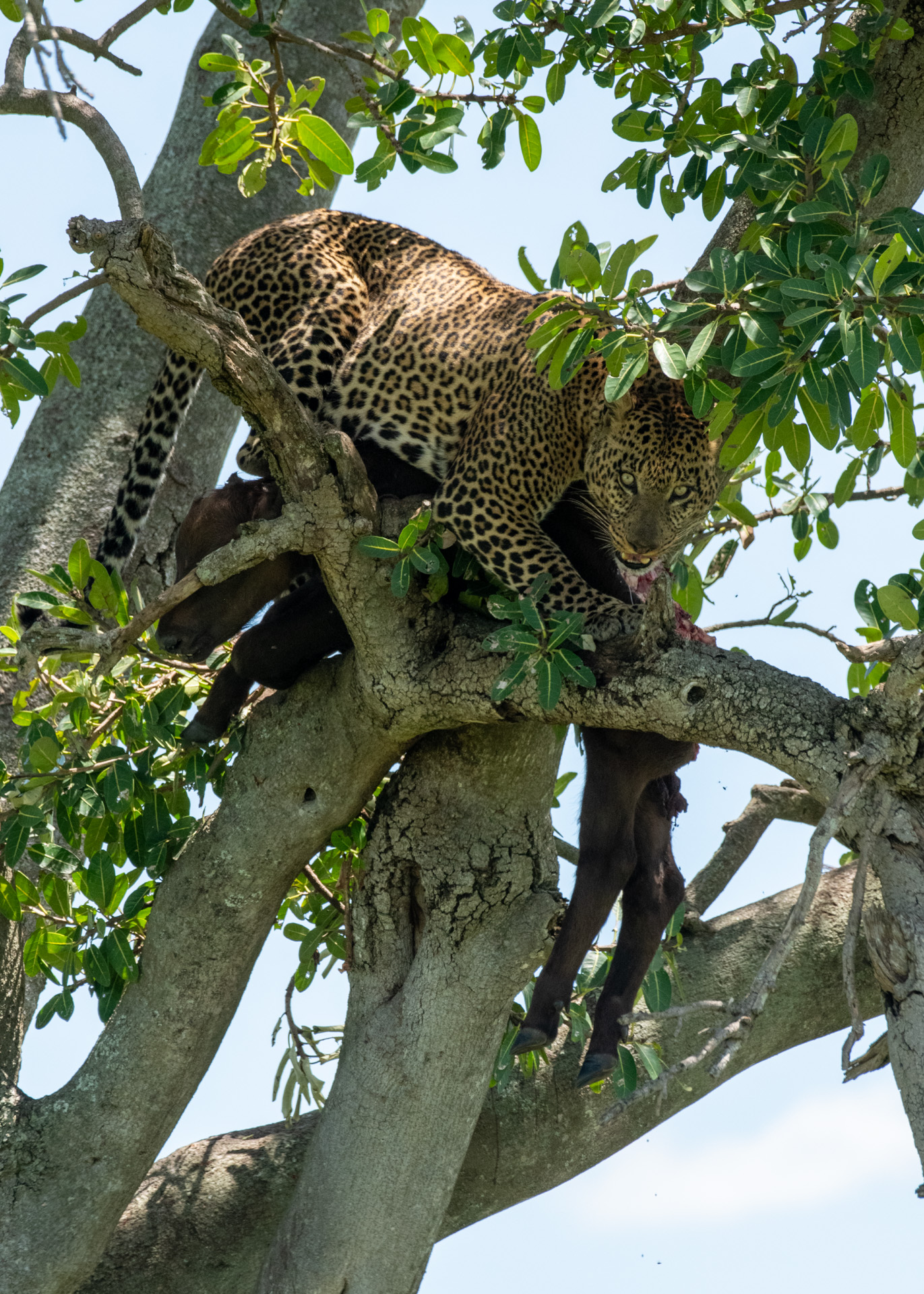
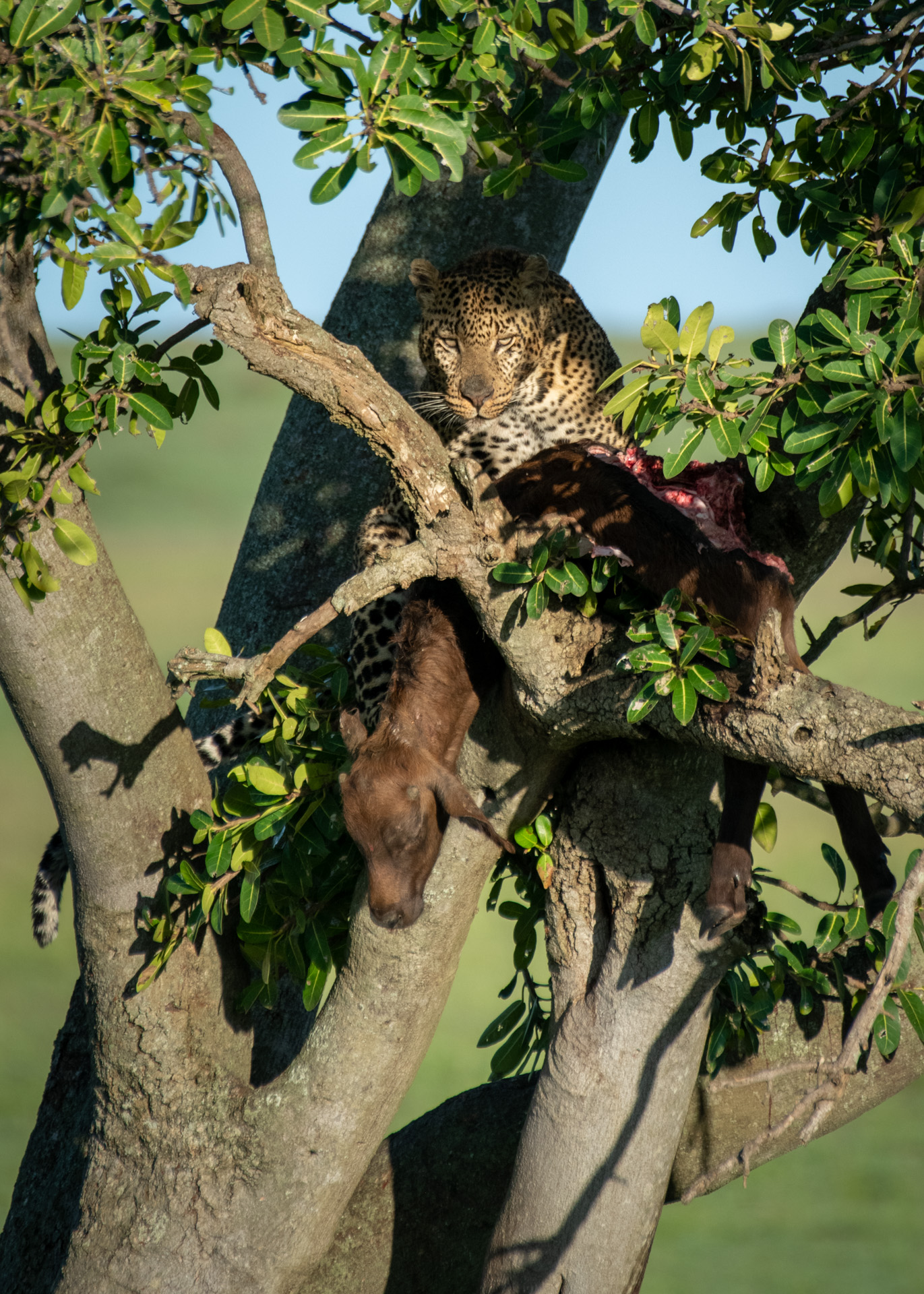
We came across a different type of battle as a marabou stork tried to snatch a mudfish from a juvenile fish eagle by a roadside puddle. The eagle was not having any of it — he held tight to the catch and within moments, he was up in the skies leaving the marabou stork rather disappointed. Once you witness these raptors' breathtaking aerial displays, you'll understand why I refer to them as the "lions of the skies."


This week, there was a sighting of the notorious serial cub killer, the lone male lion that ventured into the Triangle and wreaked havoc on the prides. However, he appeared visibly panicked as if desperately seeking refuge — he knows the Bila Shaka boys are back.
While the absence of the Bila Shaka boys allowed him an easy entry into their territory, he now faces the daunting challenge of engaging in fierce territorial conflicts against one of the most powerful coalitions of lions in the entire Triangle. The outcome of these battles remains uncertain, as lion dynamics often defy expectations and follow unpredictable patterns.
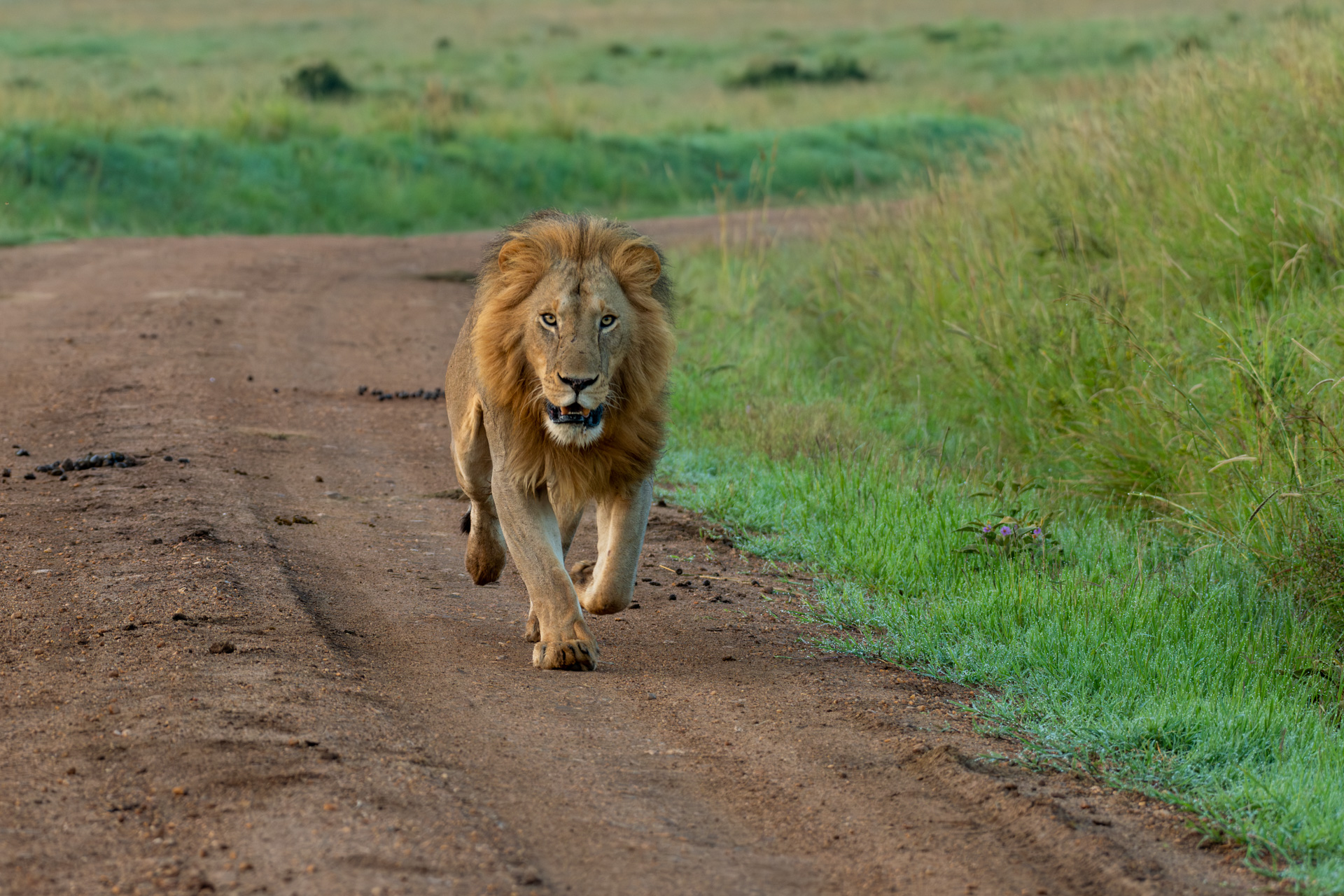
Jeremy and his guests had the privilege of observing the lively and thriving Egyptian Pride cubs. In a matter of a few years, these adorable fluffs will become their own formidable force to be reckoned with.
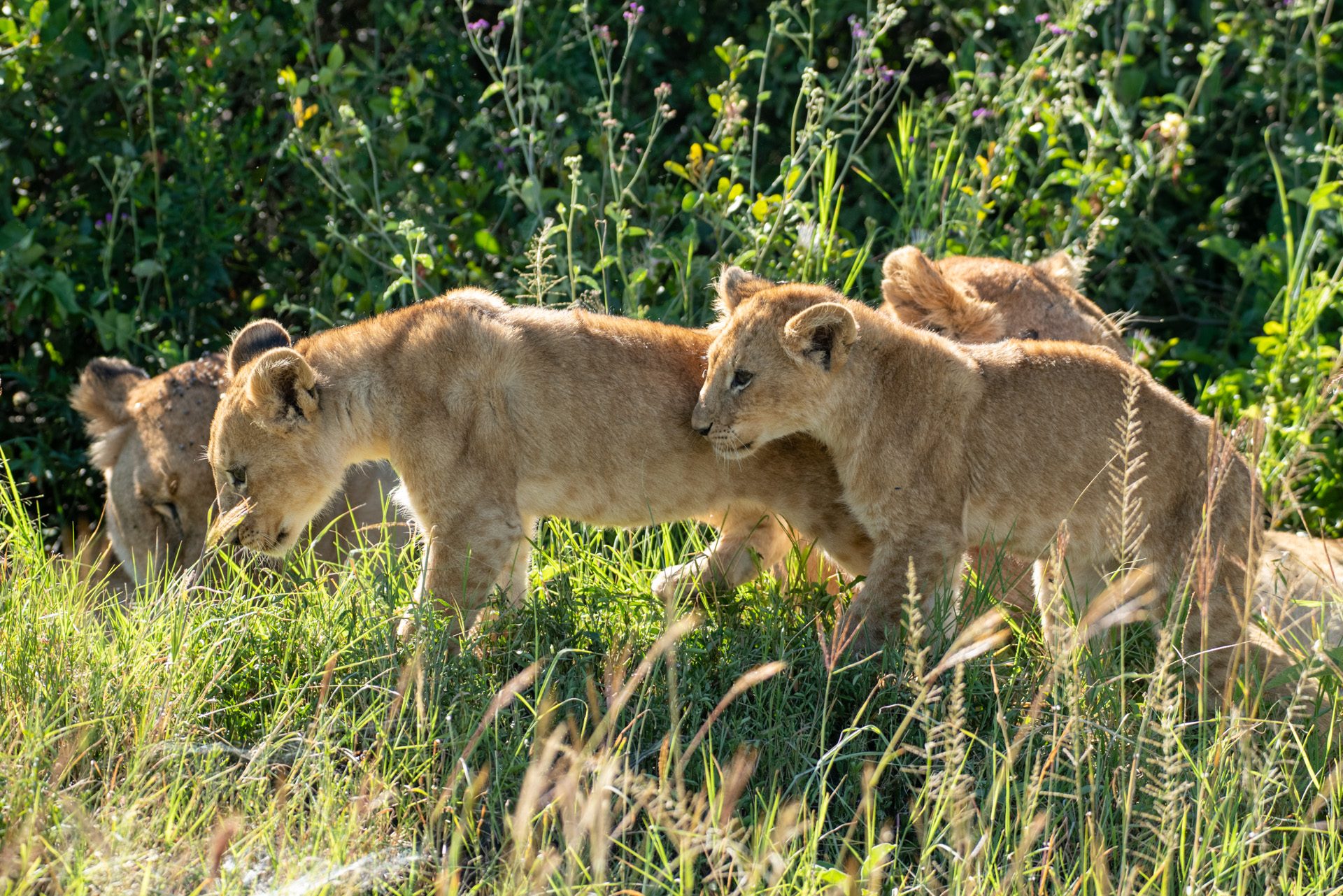

One of our guests, Laura, showed her interest in photography and reserved a camera for the duration of her stay (this is available to all guests). After a brief yet intensive one-hour session in which I guided Laura through the intricacies of operating the new camera setup, she embarked on her first Kenyan safari, armed with her trusty camera.
Enjoy Laura's perspective on the majestic Mara Triangle through her photographs below.


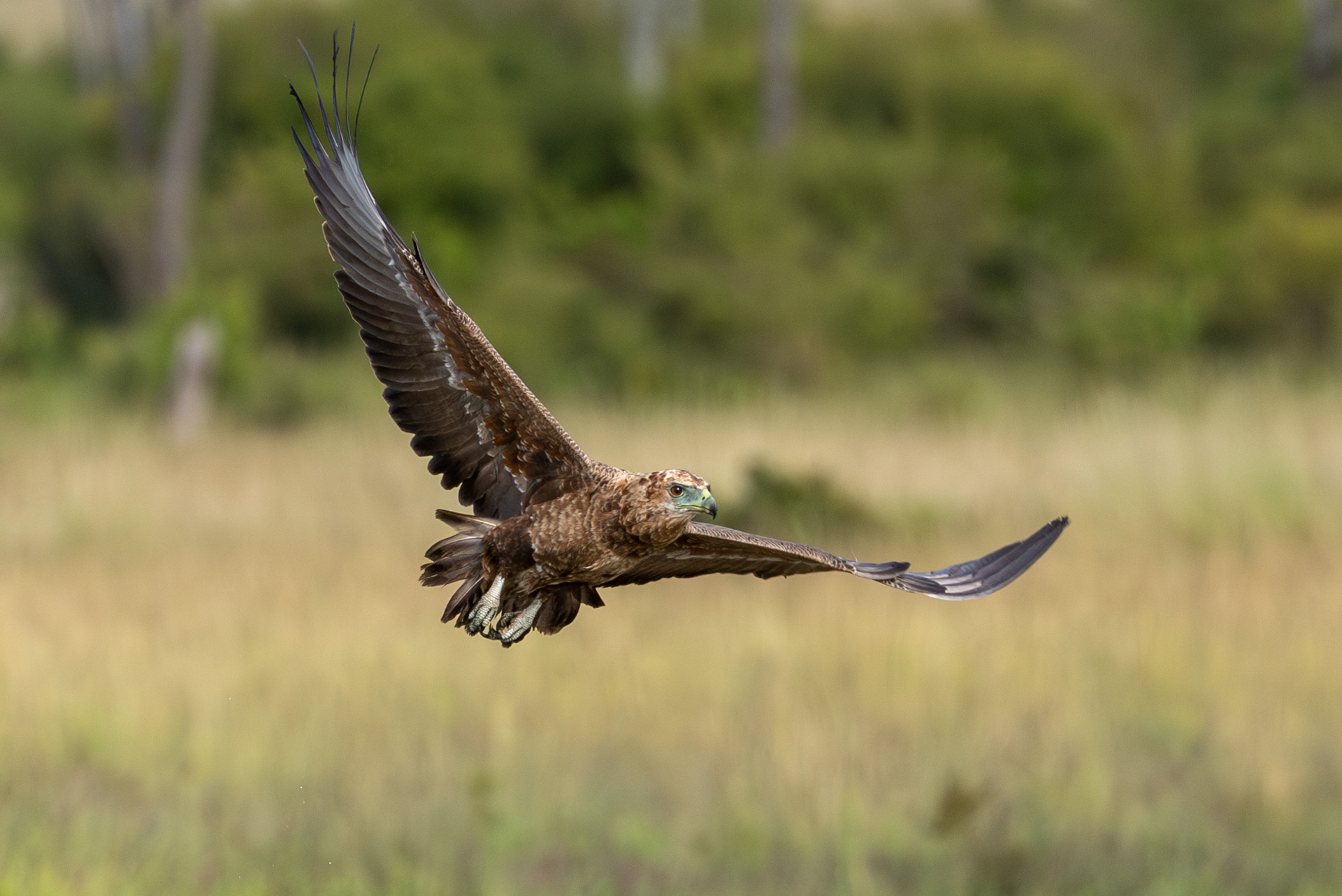
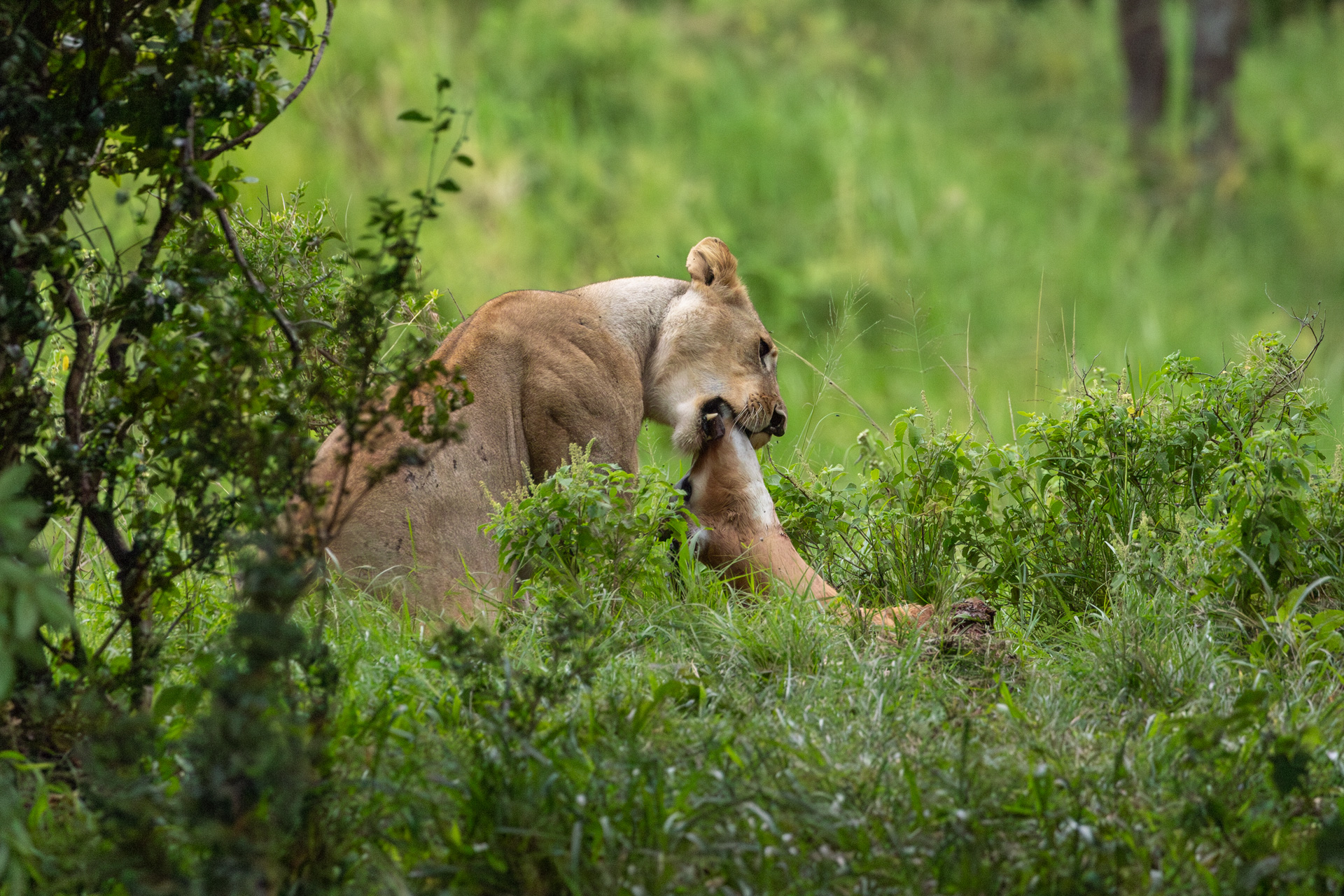
Elephants live in complex social groups and form relationships that last decades. Last year, we found this herd grouped together at a location of a dead elephant. Using their highly sensitive trunks, they examined the skull with amazing gentleness.
Filed under: This Week at Angama
Subscribe for Weekly Stories
Comments (0):
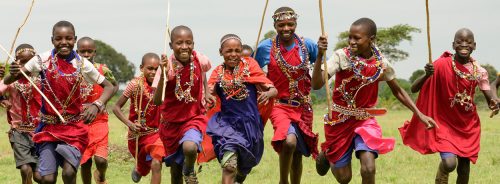
The Angama Foundation